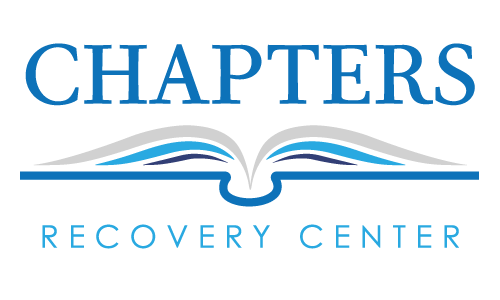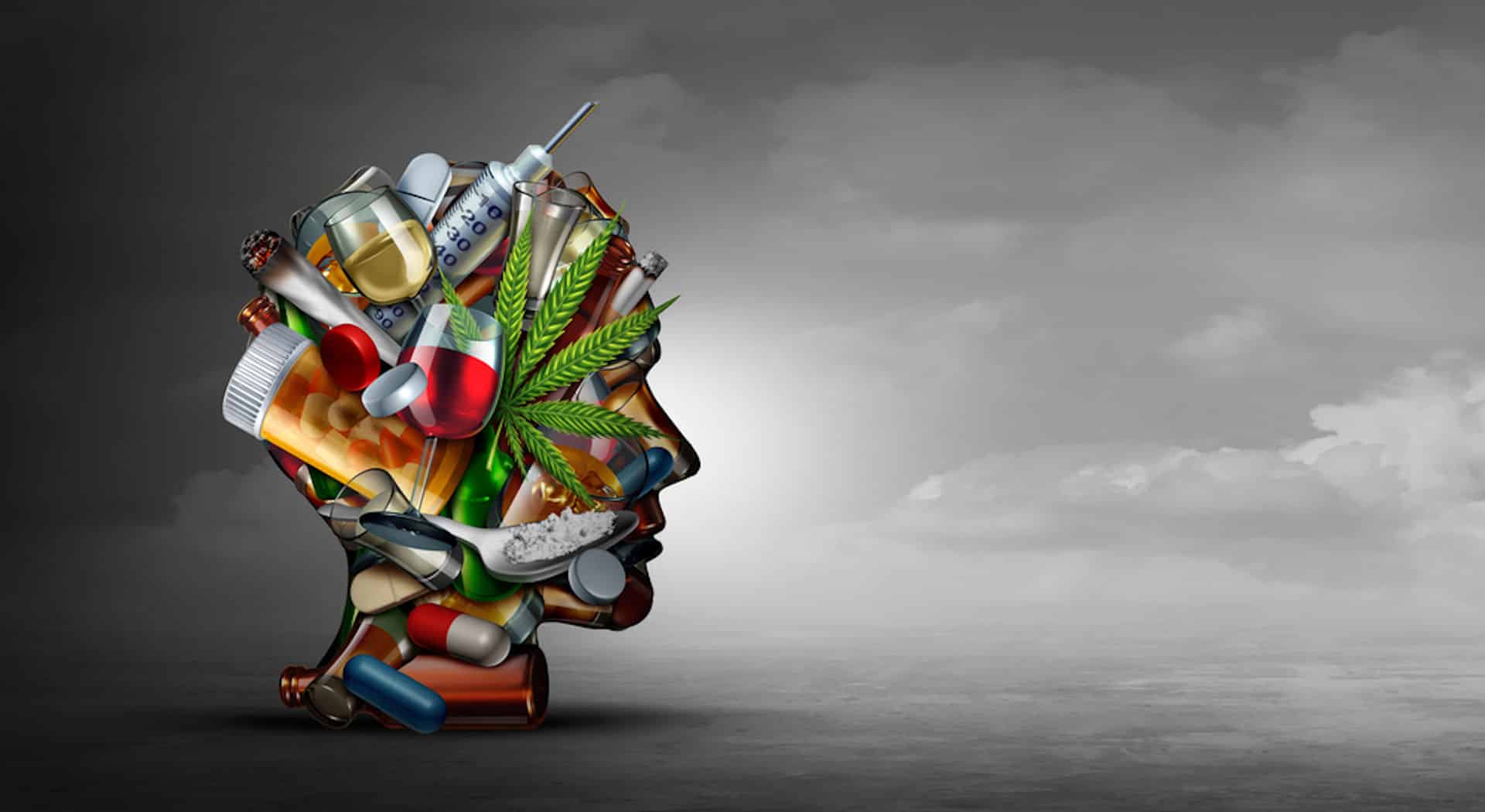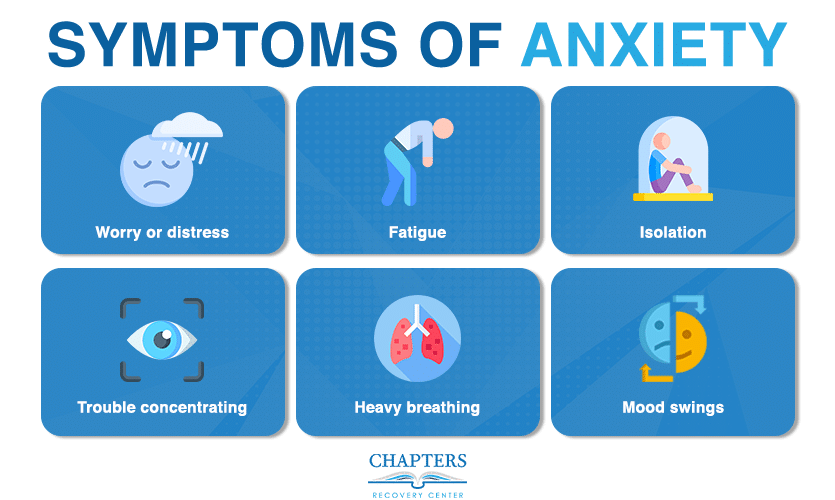What Is an Upper?
Uppers are a slang term used to refer to stimulants. Stimulants are a group of drugs that can increase energy, mood, and alertness. It can also heighten any feelings of sexual prowess and self-confidence.
The stimulants speed up the messages sent and received between the central nervous system (CNS) and the brain. The high that uppers can produce is rejuvenating, but the result of the process can put a tremendous strain on the body.
Furthermore, uppers can increase respiratory and cardiovascular functions to dangerous degrees that are overwhelming for the body. After the person has witnessed an adrenaline rush, the person likely might feel shaky, dizzy, or weak after it has passed.
The above scenario is similar to what stimulant drug users usually experience once the drug wears off. Feelings of depression and exhaustion begin to set in; the users usually seek more uppers to ward off the crash.
Legal stimulants such as ADHD medications and coffee can help improve concentration and focus. However, taking too much of these drugs can result in the side effect of overstimulation. As a result of overstimulation, the following can occur:
- Irregular heartbeats
- High blood pressure
- Heart failure
- Stroke
The above scenario is more likely to occur with the illicit use of powerful stimulants. Therefore, it doesn’t have safe levels of drugs.
Examples of Uppers
- Methamphetamine
- Concerta
- Adderall
- Nicotine
- Cocaine
- Ecstasy
- Ritalin
Nicknames of Uppers
For example, amphetamines such as Ritalin and Adderall have nicknames such as jelly beans, speed, and addys. Often, meth goes by the names of ice, bump, or crank. Cocaine might go by dust, blow, snow, white, or coke.
What Are CNS Stimulants?
CNS stimulants are drugs that can increase the levels of specific chemicals in the brain. It increases attention, physical activity, energy, and alertness. CNS stimulants can also increase breathing and heart rate. Also, raise blood pressure.
They are used to treat attention deficit hyperactivity disorder (ADHD). A person who has this disorder has difficulties controlling actions, remaining quiet or still, and problems paying attention. CNS stimulants can treat depression and a sleep disorder called narcolepsy.
What Is a Downer?

The drugs are highly effective at minimizing feelings of pain. Natural opposites of uppers are downers that can decrease focus and alertness. Legal sedatives help manage epilepsy, insomnia, and anxiety, but it’s dangerous when abused.
Illegal sedatives such as narcotics are never safe to abuse in any amount. It is well known for being highly addictive. Depressants slow a person’s central nervous system as in the heart and breathing rate. This process can cause dangerously low oxygen levels in the body.
As a result, it can end in a coma. The risk of abusing downers is lack of oxygen. When a person takes a high dose of CNS depressants, possible outcomes include overdose and death.
Examples of Downers
- Benzodiazepines (Klonopin, Halcion, Librium, and Xanax)
- Barbiturates (Nembutal, Seconal, and Amytal)
- Prescription painkillers
- Fentanyl
- Alcohol
- Heroin
Nicknames of Downers
Benzodiazepines such as Xanax go by nicknames of candy, z bars, and blues. Barbiturates might go by the nicknames of bluebirds or blues.
What Are Two Types of Downers?
The two types of downers are sedative-hypnotics and opiates. The two categories share a common factor in the ability to affect natural bodily functions. However, the subcategories are different.
Opioids include morphine, Fentanyl, heroin, and other authoritative pain medications. These drugs induce feelings of relaxation and pleasure similarly to uppers. It is through controlling dopamine production that the side effects are also similar.
When there is extended use, individuals with opiate abuse issues experience feelings of depression and apathy. Due to the addictive nature and high overdose risk, opiate pain medications get monitored. Pain medications get reserved for patients with severe pain.
Opiate pain medications are ideal for late-stage cancer patients, who have undergone surgery recently, and people with pain disorders. Unfortunately, opiate pain medications are abused widely, especially by young adults and teens who gain access to drugs via street markets and family cabinets.
The downer is responsible for a portion of the yearly overdose deaths across the United States. Sedative-hypnotic downers are a class of drugs used to induce sleep. Furthermore, it can include medications used to treat insomnia and sedation used during medical procedures.
A few of the common sedative-hypnotic downers are:
- Phenobarbital
- Barbiturates
- Quaaludes
- Rohypnol
- Xanax
- Valium
Furthermore, as the name suggests, sedative-hypnotics include drowsiness, inhibits speech and movement, and euphoric “floating” sensations. Alcohol and muscle relaxants are downers. Function organs receive suppression; the bodily processes include the following:
- Misuse and abuse of sedative-hypnotic can be lethal and dangerous
- The circulatory system and breathing
Typically, drug use gets prescribed for medical conditions and monitored by a doctor. However, like opiates, drugs can find themselves in the wrong hands. In addition, sedative hypnotics are highly habit-forming. The withdrawal process can be dangerously demanding on the body. For this reason, medical supervision in a detox facility occurs.
What Is the Difference Between Uppers and Downers?
The difference between uppers and downers is through mental and physical effects. However, there are several commonalities between uppers and downers. Both uppers and downers interact with a person’s central nervous system, suppressing or exciting to achieve the desired effects.
Even though there is a debate between uppers vs. downers, both categories impair a person’s ability and judgment to appropriately self-govern. In addition, though uppers vs. downers exist, both drugs are highly habit-forming.
Cross Drug Use: Uppers vs. Downers Combined
Uppers and downers exert opposite effects on the central nervous system of a person. Therefore, it’s dangerous to combine them. However, it’s common for recreational drug users to mix uppers and downers.
People mistakenly believe that the effects of one drug can cancel the other one out. Often, when both drugs are combined, it’s for an accidental overdose of one drug. Conversely, most individuals might continue using the same type of drug to starve off the crash from the high.
Furthermore, it can manipulate a person’s mental state. The neurological and psychological consequences of such actions can be devasting. For example, a person might engage in a downer that reduces anxiety and produces a sense of relaxation.
Once the energy levels drop, individuals take a stimulant to continue participating in the event. Therefore, it creates a cycle that can lead to significant drug use. From there, it can drastically increase the overdose risk or death. It’s vital to know which drugs are uppers and downers.
Reasons to Avoid Mixing Drug Types
- It is easier to overdose the two. Stimulants can mask the depressant effects. Once this occurs, it can significantly increase the odds of a person taking too much of the drug. Furthermore, it can overestimate the limits of how much a person can handle.
- The drugs will stay in the body longer. Uppers and downers disrupt the digestive tract. The digestive tract is a forgotten part of a person’s central nervous system. Furthermore, the process can result in slowed metabolism. Thus, it slows down the body and increases the odds of toxins building up in either compound.
- Your heart can suffer. As the uppers and downers can get combined, the body gets pulled in every direction. For this reason, the person’s heart might not cope. The likelihood of an irregular heartbeat and heart failure is a complication example.
Why Do People Mix Drugs?
People mix different drugs or take one while under the influence of another drug for various reasons. Polydrug use also occurs when a person experiences the after-effects of another drug. It can include prescribed medications, illegal drugs, or alcohol.
When drugs are combined, they can carry risks and be exceedingly dangerous. When a person engages in drug use or gets affected at one time, it can increase the chances of something going wrong. A couple of reasons individuals mix drugs or engage in polydrug use are because:
- It seemed like a good idea at the time. Sometimes, individuals can mix drugs while they’re already intoxicated, not thinking straight, or around others who mix drugs.
- For example, some individuals engage in cannabis or sleeping pills after ecstasy.
- To increase the effect of another drug, bring the desired effects.
- To reduce the effects of the drug while crashing from the drug.
- To substitute for the drug that they were searching to use.
Sometimes, individuals find that cutting down on drug use discover that using another drug can help manage withdrawal symptoms. Withdrawal symptoms are unpleasant effects that occur after stopping drug use.
For instance, a person engaging in cannabis and methamphetamine use might begin drinking to try to relax or sleep if they are feeling anxious, restless, or stressed. Be careful in these circumstances because the individual might develop a problem with more drugs than one.
What Happens When Combining Stimulants and Depressants
Combining uppers and downers can have unpredictable risks and effects.
- Using alcohol and methamphetamine places strain on the heart and leads to complications. It occurs among those with pre-existing heart issues.
- Smoking cannabis and tobacco increase exposure to harmful chemicals such as carbon monoxide and tar. It increases the chances of various health issues such as respiratory tract infections, cancers, and bronchitis.
- Consuming ecstasy and alcohol can increase overheating and dehydration. It can lead to kidney failure if users drink some water. Also, try to cool down; drinking too much water can be dangerous.
- Using alcohol and cocaine can produce a chemical named cocaethylene. It is toxic and can have potentially fatal consequences.
Is There Help for People Who Are Abusing Uppers and Downers?
There is prescription drug addiction treatment for individuals looking to overcome these addictions. There is a variety of treatment and therapy methods to assist patients. The first process in overcoming addiction is detoxing the drugs from the body.
After detoxification under medical supervision, individual, group, and wellness therapies occur. Depending on the severity of the addiction, the treatment programs will be either outpatient or inpatient. Also, it depends on the person’s psychological state and chemical dependency.
Individual Therapy
This form of therapy involves one-on-one time with a therapist that works with the patient to recognize concerns and issues dealing with addiction.
Group Therapy
This therapy is when individuals with similar problems meet under the guidance of group leaders and a licensed therapist. Overall, group therapy can assist individuals in learning more about their addiction while offering support from others in different situations in recovery.
Family Therapy
This therapy involves the family members and spouses of the person struggling with addiction. Overall, it helps families understand the issues involved. It can give patients a chance to discuss concerns and input on more ideal methods to approach and deal with addiction.
Medication
Sometimes, medication is for a person in prescription drug addiction treatment centers. The drugs are to curb cravings in individuals with addictions. It is used for overdoses, too.
Uppers vs. Downers Explained and Tackled at Chapters Recovery
Addiction affects everyone surrounding the person struggling with the disease. Our caring staff can help you feel comfortable during your recovery journey. The prescription drug rehab program offers suitable options to help you overcome this illness. Whether you need an intensive outpatient or outpatient program, we can help you conquer your struggle.
References
https://www.cancer.gov/publications/dictionaries/cancer-terms/def/cns-stimulant








